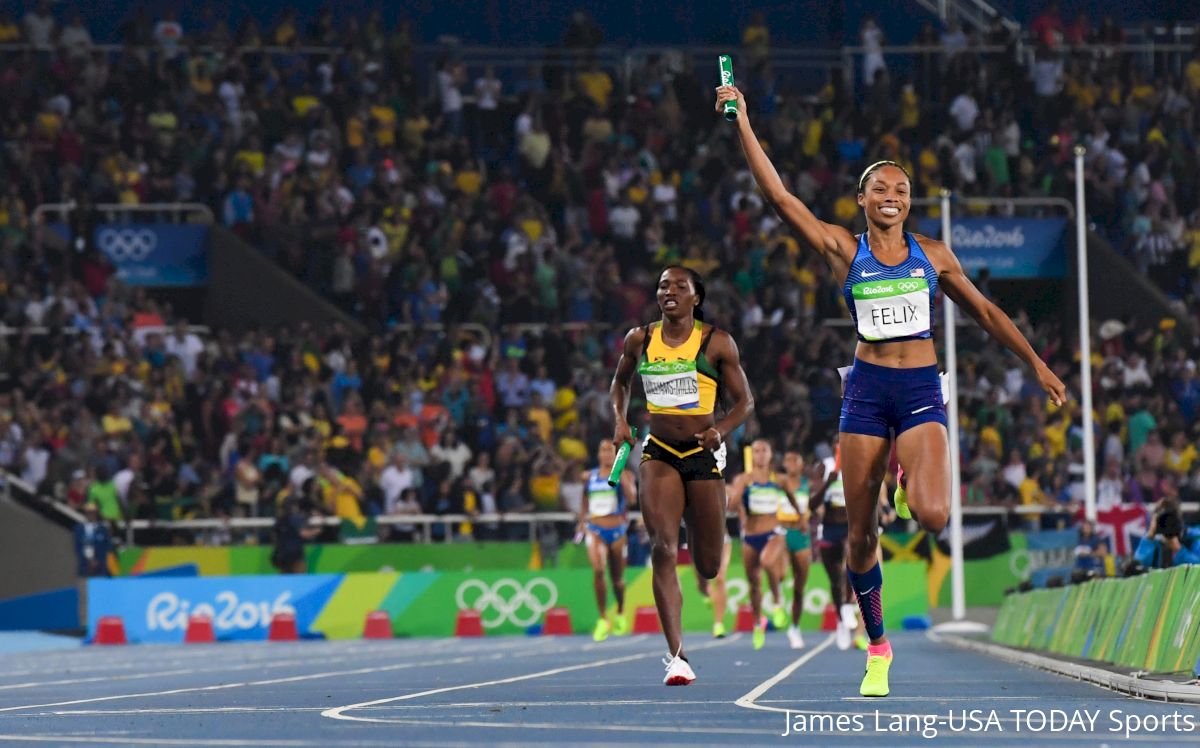12 Interesting Track & Field Facts
12 Interesting Track & Field Facts
Track and field has been around for centuries, and has a bevy of fascinating facts — here are 12 of them.

Track and field is one of the oldest sports in history. It was one of the ancient Olympic events when the sport first started in Greece and has been an Olympic pastime for centuries now. Track and field has created some of the most suspenseful and exhilarating moments of the Olympics.
Here are some interesting facts that you might not have known about track and field:
The first Olympic race was in Greece in 776 B.C. The track was 600 feet long, vastly different from today’s standard track of 400 meters (approx. 1312 feet).
The first modern college track meet was held between Oxford and Cambridge in England in 1864.
The Olympic 100-meter race determines who is the “fastest on earth.” Usain Bolt won with a time of 9.81 seconds in the 2016 Rio Olympics and owns the all-time record with a time of 9.58 seconds.
Usain Bolt became the first man ever to win three consecutive gold medals in the 100-meter race.
The steeplechase event originated in Ireland. This 3,000-meter obstacle course-style race is meant to mimic horse racing. In the original race, horses and riders raced from one town’s steeple to the next. This was then modified to the modern race, where athletes run 3,000 meters around a track while clearing 28 barriers and seven water jumps.
The highest pole vault by a male is 6.18 meters (20 ft 3.3 inches) by Armand Duplantis from Sweden. The highest pole vault by a woman is 5.06 meters (16 ft 7 inches) which was achieved by Russian Yelena Isinbayeva.
The implement used in the hammer throw weighs a whopping 16 pounds. The world record distance for the hammer throw is 79.42 meters (260 ft, 6 inches) for women and 86.74 meters (284 ft, 6 inches) for men.
In 2012, Galen Rupp ended the United States’ 44-year drought of not winning a medal in any track race greater than 800 meters, excluding the marathon. He earned the silver medal in the men’s 10,000-meter race behind Great Britain's Mo Farah.
John Taylor was the first African-American man to win an Olympic gold medal, running the 400 meters in the 1,600-meter team medley relay.
In 1984, Al Joyner and Jackie Joyner-Kersee became the first siblings to win track and field medals at the same Olympics. Al won the gold in the men’s triple jump, and Jackie took silver in the heptathlon.
After finishing second in the 200-meter race at the 2004 and 2008 Olympic Games, Allyson Felix won her first solo Olympic gold in London in 2012 in the 200, before doubling up in 2016 and winning gold in the 200-meter race once again.
Dick Fosbury is regarded as one of the most influential track and field athletes of all time for his contribution to the high jump event. He was the first athlete ever to attempt the “back first” method for the high jump. This is now known as the “Fosbury Flop.” With this method, athletes sprint diagonally towards the bar then curve their body and leap back first over the bar.
Track and field is a fascinating sport because it combines individual and team aspects of athletics into one sport. These facts are just a few of the dozens that have been created since its inception.